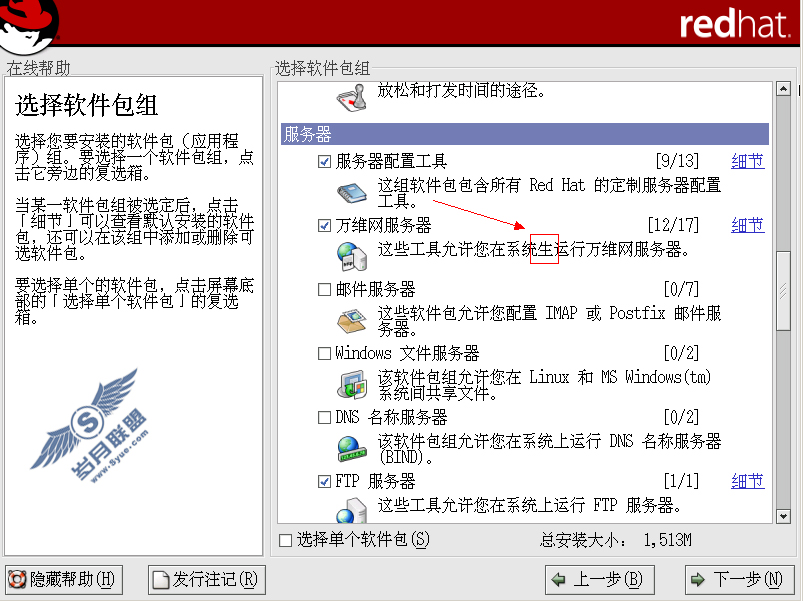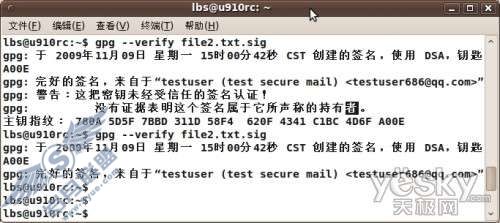Linux命令技巧
1.站点根目录下查找是否被放置webshell木马根据语句判断是不是PHP木马脚本
# find /storage/www/ -name "*.php" | xargs grep -in --color "eval("
# grep -i --include='*.php' -r system/s*/( /storage/www/
2.统计访问日志中来自同ip出现的次数分析盗链、攻击、机器人
# cat access.log |awk '{print $1}'| sort | uniq -c |sort -rn
3.分析出现次数最多的ip对网站的具体数据访问情况
# grep -e IP access.log > filename
# cat filename |awk '{print $8}'|sort|uniq -c|sort -rn
4.访问次数最多的文件或页面,取前20
# cat access.log|awk '{print $11}'|sort|uniq -c|sort -nr|head -20
5.列出传输最大的几个exe文件(分析下载站的时候常用)
# cat access.log |awk '($7~//.exe/){print $10 " " $1 " " $4 " " $7}'|sort -nr|head -20
6.列出输出大于200000byte(约200kb)的exe文件以及对应文件发生次数
# cat access.log |awk '($10 > 200000 && $7~//.exe/){print $7}'|sort -n|uniq -c|sort -nr|head -100
7.如果日志最后一列记录的是页面文件传输时间,则有列出到客户端最耗时的页面
# cat access.log |awk '($7~//.php/){print $NF " " $1 " " $4 " " $7}'|sort -nr|head -100
8.列出最最耗时的页面(超过60秒的)的以及对应页面发生次数
# cat access.log |awk '($NF > 60 && $7~//.php/){print $7}'|sort -n|uniq -c|sort -nr|head -100
9.列出传输时间超过 30 秒的文件
# cat access.log |awk '($NF > 30){print $7}'|sort -n|uniq -c|sort -nr|head -20
10.统计网站流量(G)
# cat access.log |awk '{sum+=$10} END {print sum/1024/1024/1024}'
11.统计404的连接
# awk '($9 ~/404/)' access.log | awk '{print $9,$7}' | sort
12. 统计http status.
# cat access.log |awk '{counts[$(9)]+=1}; END {for(code in counts) print code, counts[code]}'
# cat access.log |awk '{print $9}'|sort|uniq -c|sort -rn
13.查找挂马内容进行批量清除
# find /webbase/ -type f -exec grep 'www.800816.com.cn' -l {} /;
# sed -i "s/body{.*www.800816.com.cn.*}//g" `grep www.800816.com.cn -rl ./`
14.批量转换GBK为UTF-8文件编码
# find default -type d -exec mkdir -p utf/{} /;
# find default -type f -exec iconv -f GBK -t UTF-8 {} -o utf/{} /;
15.find查找文件的时候怎么避开多个文件目录
# find /usr/sam /(-path /usr/sam/dir1 -o -path /usr/sam/file1 /) -prune -o -name "*.txt" -print
16.查看tcp的并发请求数及其TCP连接状态:
# netstat -n | awk '/^tcp/ {++S[$NF]} END {for(a in S) print a, S[a]}'
# netstat -nat |awk '{print $6}'|sort|uniq -c|sort -rn
# netstat -n | awk '/^tcp/ {++state[$NF]}; END {for(key in state) print key,"/t",state[key]}'
# netstat -n | awk '/^tcp/ {++arr[$NF]};END {for(k in arr) print k,"/t",arr[k]}'
# netstat -n |awk '/^tcp/ {print $NF}'|sort|uniq -c|sort -rn
# netstat -ant | awk '{print $NF}' | grep -v '[a-z]' | sort | uniq -c
17.查找请求数前20的IP(常用于查找攻来源)
# netstat -anlp|grep 80|grep tcp|awk '{print $5}'|awk -F: '{print $1}'|sort|uniq -c|sort -nr|head -n20
# netstat -ant |awk '/:80/{split($5,ip,":");++A[ip[1]]}END{for(i in A) print A[i],i}' |sort -rn|head -n10
18.查看有多少个活动的php-cgi进程
# netstat -anp | grep php-cgi | grep ^tcp | wc -l
19.查找较多time_wait连接
# netstat -n|grep TIME_WAIT|awk '{print $5}'|sort|uniq -c|sort -rn|head -n20
20.找查较多的SYN连接
# netstat -an | grep SYN | awk '{print $5}' | awk -F: '{print $1}' | sort | uniq -c | sort -nr | more
21.根据端口列进程
# netstat -ntlp | grep 80 | awk '{print $7}' | cut -d/ -f1
22.抓包用来防止80端口被人攻击时可以分析数据
# tcpdump -c 10000 -i eth0 -n dst port 80 > /root/pkts
23.用tcpdump嗅探80端口的访问看看谁最高
# tcpdump -i eth0 -tnn dst port 80 -c 1000 | awk -F"." '{print $1"."$2"."$3"."$4}' | sort | uniq -c | sort -nr |head -20
24.查看是哪些蜘蛛在抓取内容。
# /usr/sbin/tcpdump -i eth0 -l -s 0 -w - dst port 80 | strings | grep -i user-agent | grep -i -E 'bot|crawler|slurp|spider'
25.按域统计流量
# zcat squid_access.log.tar.gz| awk '{print $10,$7}' |awk 'BEGIN{FS="[ /]"}{trfc[$4]+=$1}END{for(domain in trfc){printf "%s/t%d/n",domain,trfc[domain]}}'
26.查看数据库执行的sql
# /usr/sbin/tcpdump -i eth0 -s 0 -l -w - dst port 3306 | strings | egrep -i 'SELECT|UPDATE|DELETE|INSERT|SET|COMMIT|ROLLBACK|CREATE|DROP|ALTER|CALL'
27.将匹配Root一行中no替换成yes
# sed -i '/Root/s/no/yes/' /etc/ssh/sshd_config
28.去掉第一列
# awk '{for(i=2;i<=NF;i++) if(i!=NF){printf $i" "}else{print $i} }' list
29.按内存从大到小排列
# ps -e -o "%C : %p : %z : %a"|sort -k5 -nr
30.按cpu利用率从大到小排列
# ps -e -o "%C : %p : %z : %a"|sort -nr
31.怎样知道某个进程在哪个CPU上运行
# ps -eo pid,args,psr
32.清除僵死进程。
# ps -eal | awk '{ if ($2 == "Z") {print $4}}' | kill -9
33.查看硬件制造商
# dmidecode -s system-product-name
34.查找占用磁盘IO最多的进程
# wget -c http://linux.web.psi.ch/dist/scientific/5/gfa/all/dstat-0.6.7-1.rf.noarch.rpm
# dstat -M topio -d -M topbio
35.检查I/O使用率(%util)是否超过100%
# iostat -x 1 2
36.磁盘空间,检查是否有分区使用率(Use%)过高(比如超过90%) 如发现某个分区空间接近用尽,可以进入该分区的挂载点,用以下命令找出占用空间最多的文件或目录:
# df -h
# du -cks * | sort -rn | head -n 10
37.CPU负载检查前三个输出值是否超过了系统逻辑CPU的4倍。
# cat /proc/loadavg
38.CPU的数量
# cat /proc/cpuinfo |grep -c processor
39.检查网络流量(rxbyt/s, txbyt/s)是否过高
# sar -n DEV
40.每隔1秒显示一下网络流量
# watch -n 1 "/sbin/ifconfig eth0 | grep bytes"
41.批量覆盖目录下的文件不用确定是否执行
# /cp -rf /svn/wwwroot /wwwroot
42.调试命令
# strace -p pid
43.跟踪指定进程的PID
# gdb -p pid
44.查看当前进程打开了多少个文件句柄
lsof -n |awk ‘{print $2}’|sort|uniq -c |sort -nr|more
作者“For The Dream”

